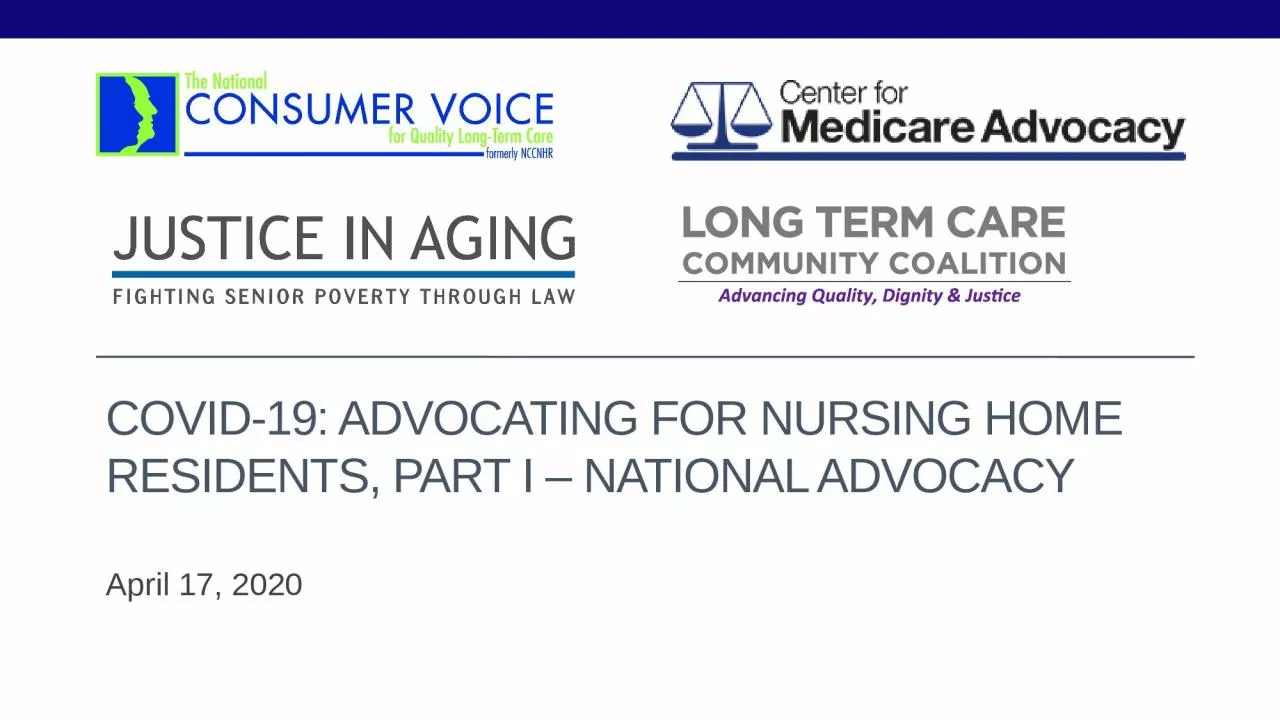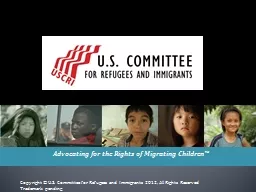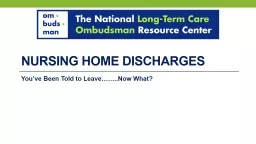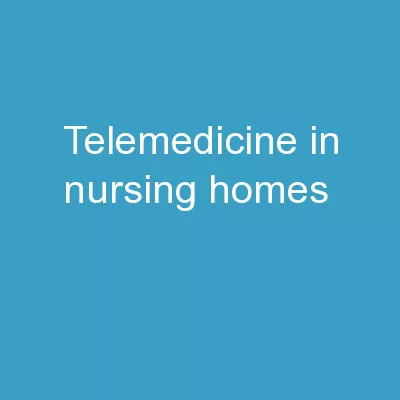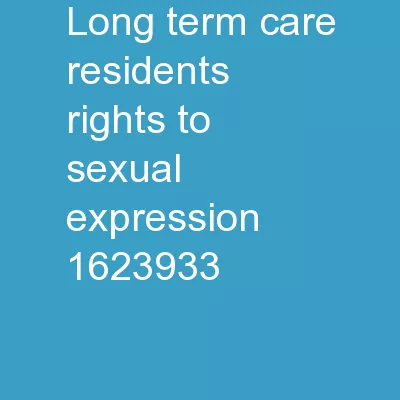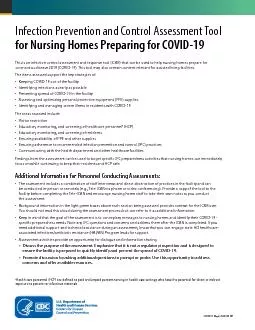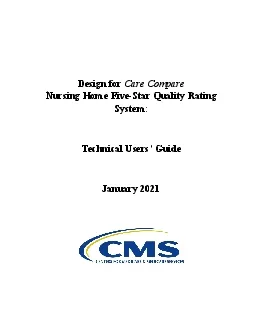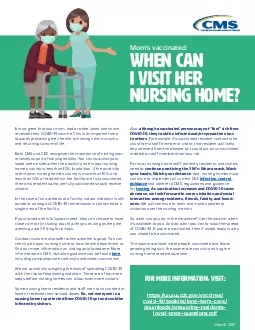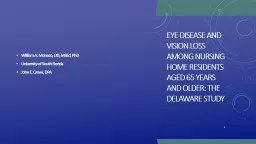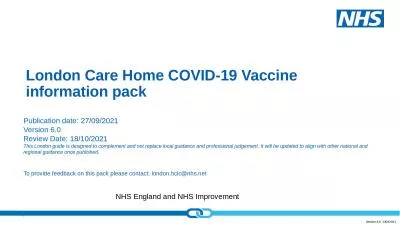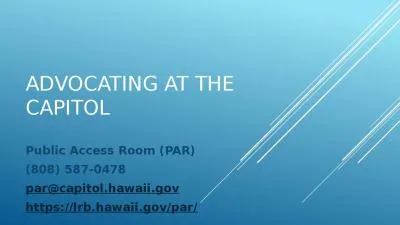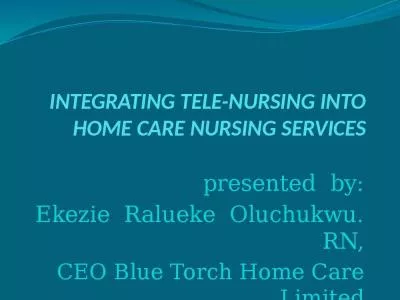PPT-COVID-19: advocating for nursing home residents,
Author : BadassBabe | Published Date : 2022-07-28
PARt I National advocacy April 17 2020 Agenda Introduction and housekeeping Overview of the problem Actions to expand coverage reimbursement Federal waivers of
Presentation Embed Code
Download Presentation
Download Presentation The PPT/PDF document "COVID-19: advocating for nursing home re..." is the property of its rightful owner. Permission is granted to download and print the materials on this website for personal, non-commercial use only, and to display it on your personal computer provided you do not modify the materials and that you retain all copyright notices contained in the materials. By downloading content from our website, you accept the terms of this agreement.
COVID-19: advocating for nursing home residents,: Transcript
Download Rules Of Document
"COVID-19: advocating for nursing home residents,"The content belongs to its owner. You may download and print it for personal use, without modification, and keep all copyright notices. By downloading, you agree to these terms.
Related Documents

